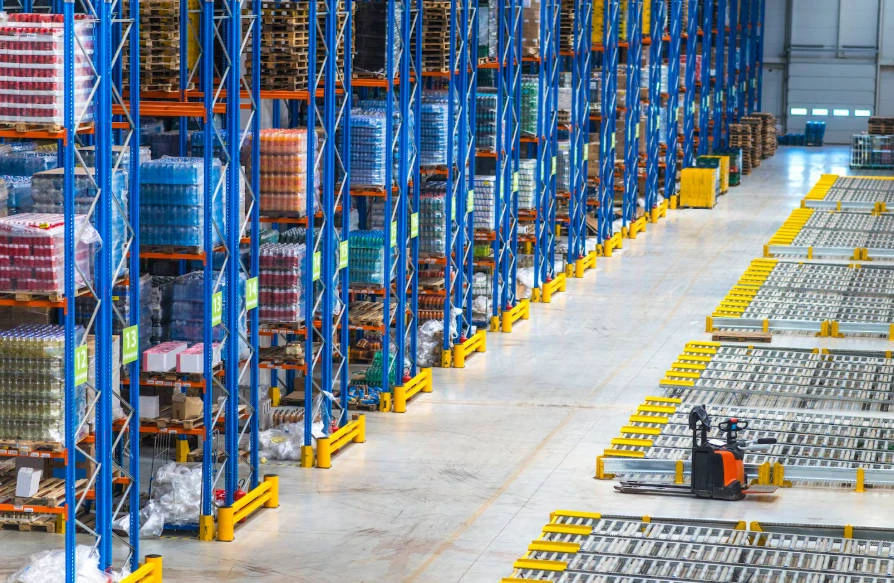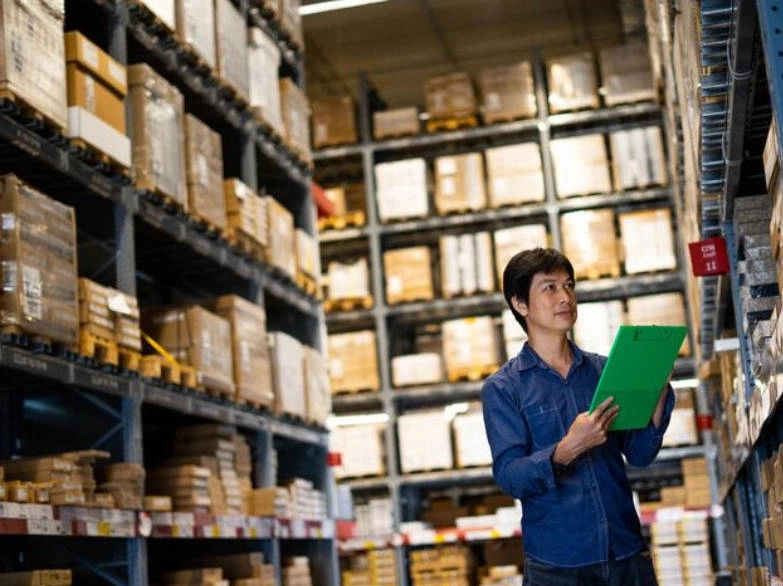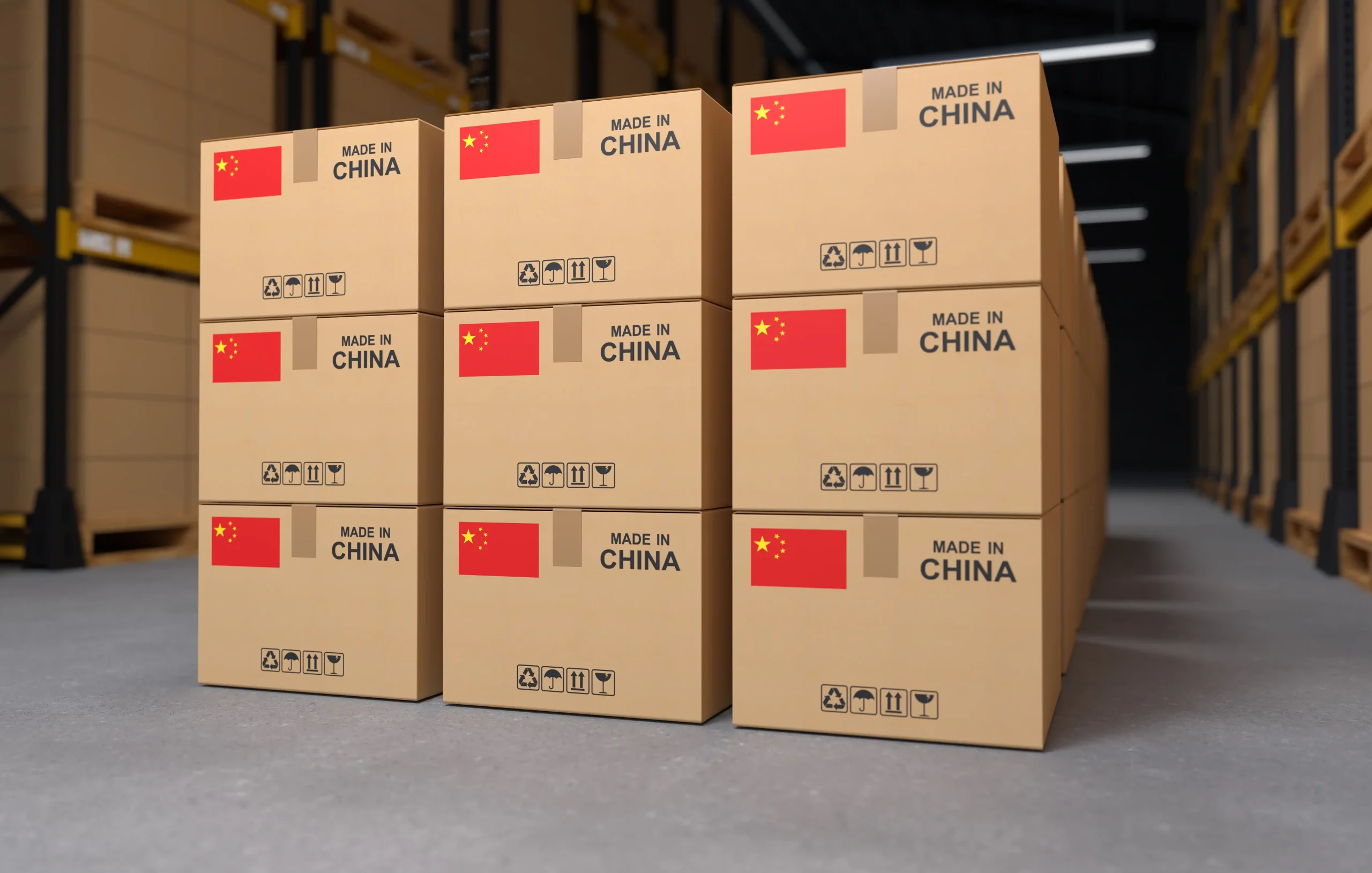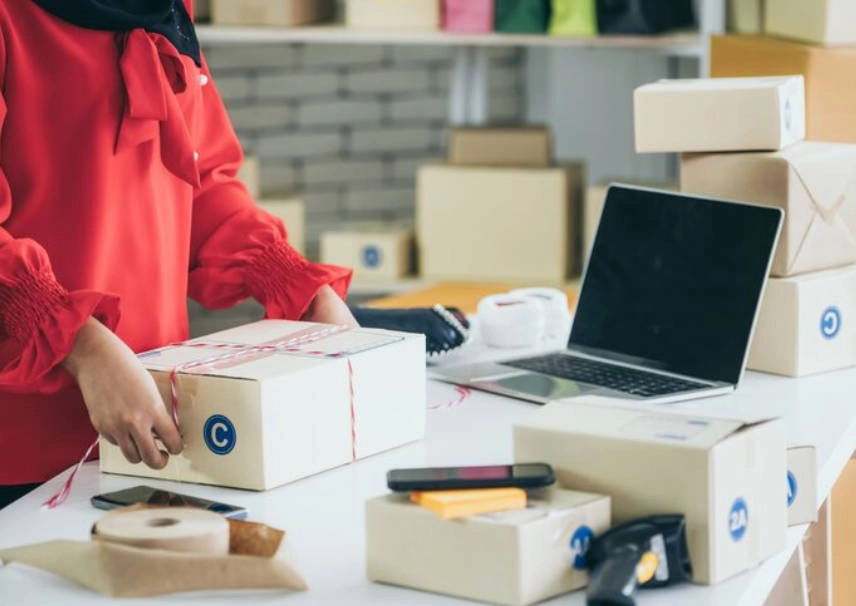
SHEIN didn’t just make cheap clothes go viral — it quietly changed how global e-commerce moves goods. The brand built one of the fastest supply chains in the world by matching China’s low-cost manufacturing with a network of overseas warehouses sitting close to its main buyers.
That move shaved days, sometimes weeks, off delivery times. It also saved millions in long-haul shipping.
For Amazon FBA sellers, that setup hits home. Long lead times, customs delays, and surprise storage bills — everyone in the business has faced them. SHEIN’s warehouse model shows a way out of that maze.
Here’s how the system actually works and what Amazon sellers can borrow from it.
SHEIN’s secret isn’t a single mega warehouse somewhere in China. It’s a bunch of regional hubs spread out like a spiderweb. Guangzhou feeds the supply, while Los Angeles, New Jersey, Madrid, Brussels, and Dubai do the heavy lifting near customers.
When a buyer in Texas orders a dress, it doesn’t cross the Pacific. It’s already waiting in a warehouse two states away.

That setup — people in logistics call it regional warehousing — skips the slow part. Inventory sits close to buyers, not factories. That means fewer customs forms, shorter last-mile routes, and happier shoppers.
Inside those facilities, it’s not chaos. Conveyor belts hum, robots roll bins across aisles, and a WMS (warehouse management system) keeps track of every SKU. Predictive restocking software even guesses what color or size will sell next week.
The idea is simple: stock what moves, restock what sells out fast, and don’t overthink it.
For Amazon sellers stuck waiting a month for their containers to clear customs, the same idea can turn “slow and steady” into “fast and flexible.”
Shipping directly from China to FBA warehouses usually takes 20–30 days by sea. Add another week if customs get picky. By that time, trends change, and competitors already have stock.
A local 3PL warehouse flips that timeline. Restocking can happen in just a few days, often under five.
Fulfillment Method Delivery Time Cost Efficiency Customer Impact
From China to Amazon FBA 15–30 days Low per unit but risky delays Slow delivery, higher returns
From Local 3PL Warehouse 3–5 days Slightly higher cost but smoother flow Fast delivery, better feedback
The numbers might look small, but in e-commerce, a few days can decide who wins the Buy Box. Amazon’s algorithm loves sellers that deliver fast and keep buyers happy.
Some sellers are now copying SHEIN’s trick: ship small, ship often. Instead of sending 2,000 units at once, they test 300, then reorder if it sells. Less money stuck in storage, fewer FBA penalties, more flexibility.
That’s the real lesson — sell globally, ship locally.

An overseas warehouse isn’t just a place to park cartons. It’s part of a seller’s backbone.
Think of it this way: instead of shipping 50 small parcels from China every week, sellers can send one big bulk shipment to a U.S. 3PL warehouse and let it handle local deliveries. The freight cost per unit drops, and replenishment takes days, not weeks.
Returns become easier too. A buyer in France isn’t going to mail a package back to Shenzhen — that’s a recipe for bad reviews. Having a local return address changes the game. It feels trustworthy.
Sellers who stock their best-performing SKUs locally avoid “out of stock” nightmares during high season. It’s not magic, just better planning.
Plus, the same network that powers Amazon orders can handle Shopify, TikTok Shop, or even wholesale shipments. That’s how small sellers quietly scale up.
Setting all this up alone can get messy. Finding reliable factories, booking space in Amazon FBA warehouses, dealing with customs — it eats time fast.
That’s where a good China sourcing agent steps in.
Agents connect the dots: factory to port, inspection to export, FBA prep to overseas warehouse delivery. Some even hold stock for free for a couple of months before export.
A seller working with both a China warehouse and a U.S. 3PL once cut lead time by nearly 40%. That’s huge for anyone chasing the Prime badge.
At X Sourcing, the focus is to help sellers build this kind of fast-fulfillment setup — verified suppliers, affordable freight, and trusted warehouse partners. It’s the same logic SHEIN used, scaled down for Amazon sellers.
And no, this isn’t a system for billion-dollar brands only. Plenty of mid-size sellers already use it quietly — they just don’t brag about it.
Getting started doesn’t need a massive budget. A few smart steps go a long way:
Many sellers begin small — a few cartons, one warehouse — and scale once they see faster turnover. Sometimes, “trying it once” is all it takes to see the difference.

SHEIN’s success isn’t just a marketing story. It’s logistics done right. Its global warehouse model shows what happens when speed meets planning.
For Amazon FBA sellers, following that path means quicker restocks, happier buyers, and stronger visibility in crowded markets.
SHEIN proved that proximity wins. For Amazon sellers, it starts with one smart move — setting up an overseas warehouse and connecting it to a solid China sourcing agent.
Q: Why are overseas warehouses important for Amazon FBA sellers?
A: An overseas warehouse helps Amazon FBA sellers cut delivery time from weeks to just a few days. Faster restocks mean better reviews and a higher chance to win the Buy Box.
Q: What does a China sourcing agent do for Amazon sellers (like Shein’s supply model)?
A: A China sourcing agent helps Amazon sellers find reliable factories, control quality, and handle shipping to FBA warehouses — similar to how Shein builds fast, efficient supply chains for its products.
Q: Can small sellers use overseas warehouses too?
A: Yes. Even sellers with a few SKUs can start with one 3PL warehouse in their main market. It’s a simple way to speed up orders and test demand locally.


